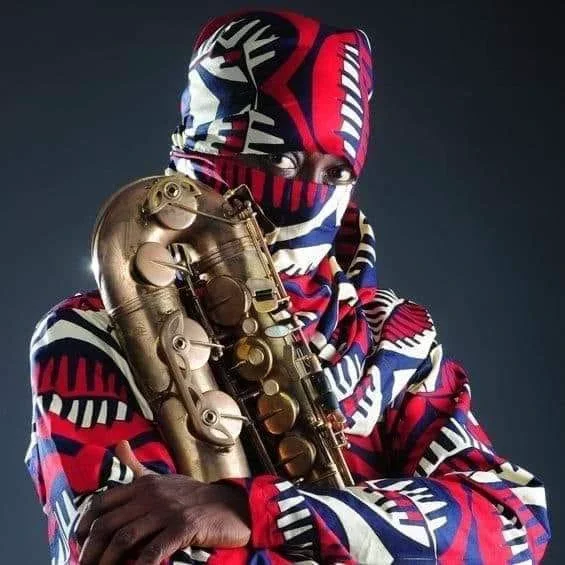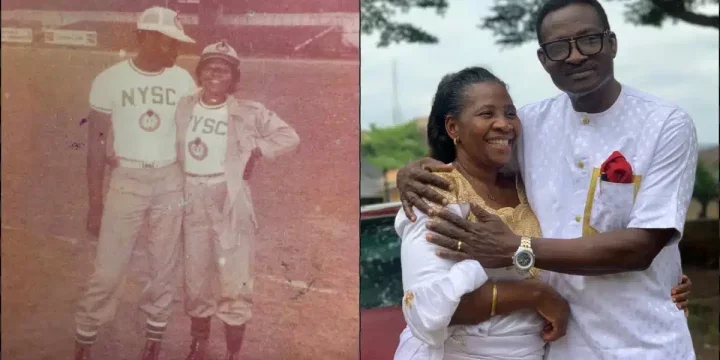Who is Lagbaja, and why does he wear a mask?

Lagbaja's real name is Bisade Ologunde. He is a legendary Nigerian musician who sings and plays the saxophone with a mask on. His true identity has never been revealed, despite many speculations and pictures online.
Lagbaja's name itself embodies mystery. It means "nobody," "faceless one," or "anonymous," reflecting his enigmatic persona. He performs with his face masked.This secrecy fueled speculation about his true identity.
Born in 1960 in Nigeria's Oyun local government area (Kwara State), Lagbaja comes from a Baptist background. He was raised by a Baptist deacon father (Deacon D. A. Olugunde, who passed away in 2012), details about his early life remain largely private. We do know he attended Obafemi Awolowo University, Ile-Ife.

Lagbaja is married with children, but there are no pictures of his wife online. One of his daughters, Moyosade, who lives and works in the United States, is well known. In 2013, she got married to Olamide Obilana in Lagos, Nigeria. Lagbaja attended the wedding without his mask; visitors were not allowed to take pictures.
The reason behind the mask remains a topic of discussion. While some sources claim it stems from disapproval from his church-going parents, Lagbaja himself has offered a different explanation.
In an interview with City People, Lagbaja said, "I wanted to find an image that would represent the common man. But I found that the word common, sounds derogatory. I thought of words like ordinary, everybody, nobody, and just somebody, and from that, I picked the concept that the common man was a nobody or even somebody because he's faceless. In trying to depict that facelessness, it struck my mind that the mask was the fastest way to show a face that has no face because the mask itself is a face. It gives you another view and another face, but behind that mask, there is actually a face. So the mask was used to depict the so-called faceless common man."
It is believed that Lagbaja now lives in New York with this family.

Lagbaja was self-taught and learned to master the saxophone on his own. In 1991, he formed his first band in Lagos, regularly performing at the Sea Garden venue. After gaining local popularity and securing gigs at the French Institute, they released their debut album, "The Colours of the Rhythm," in 1992.
His true breakthrough arrived in 2000 with the double album "We and Me," featuring vocals by Ego Iheanacho. The album's popularity caused a string of successful releases, solidifying Lagbaja's place as a beloved musician and legend.
Despite theories and speculations, it's impressive how well hidden his true face has been.

















Comments